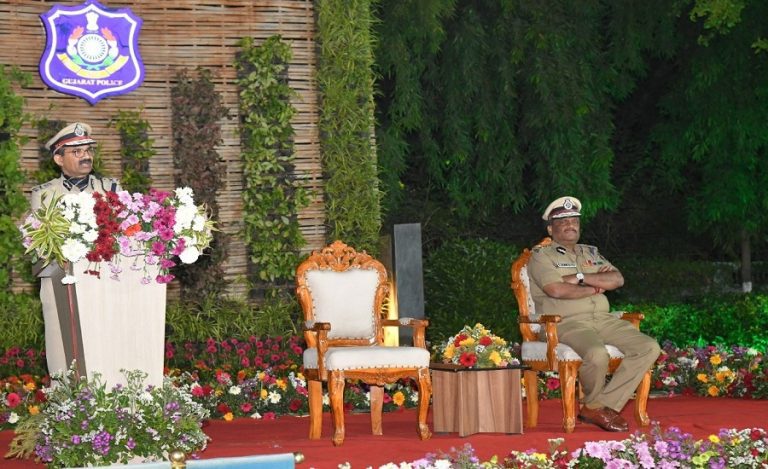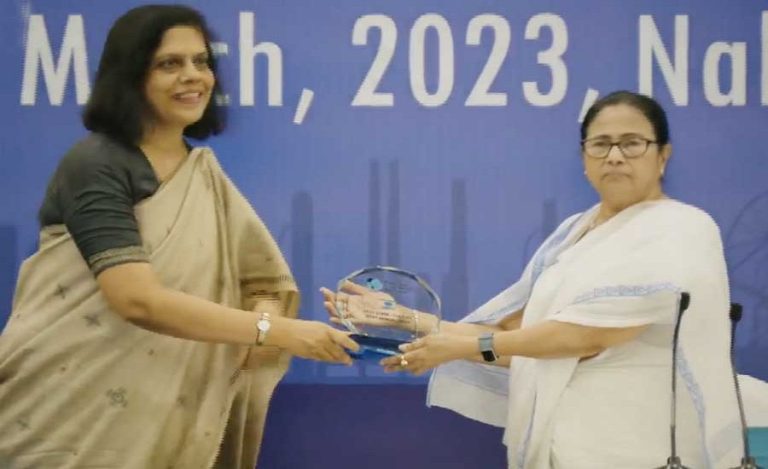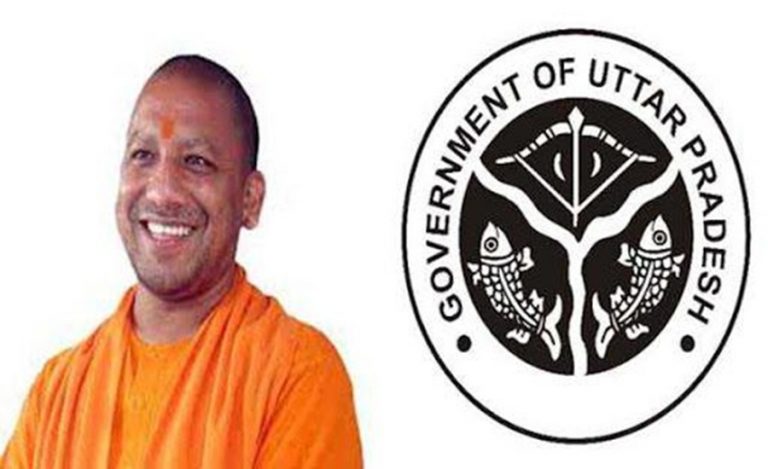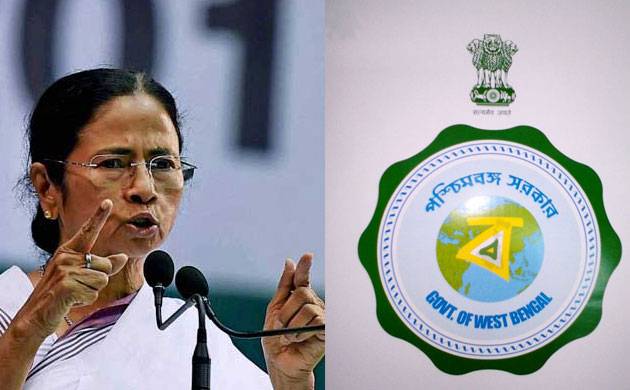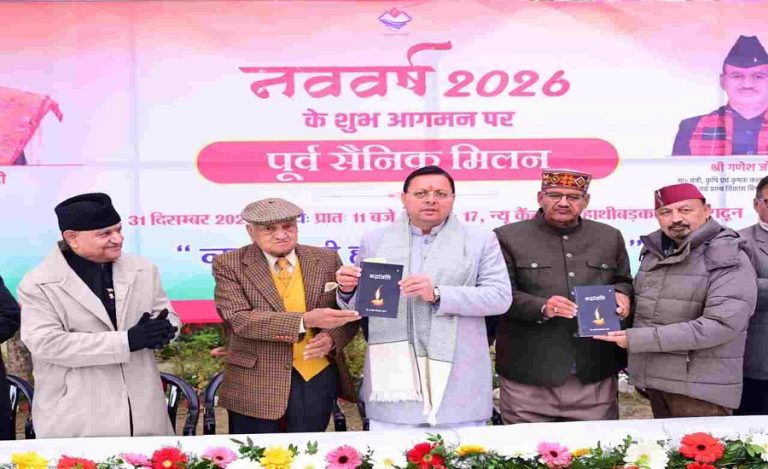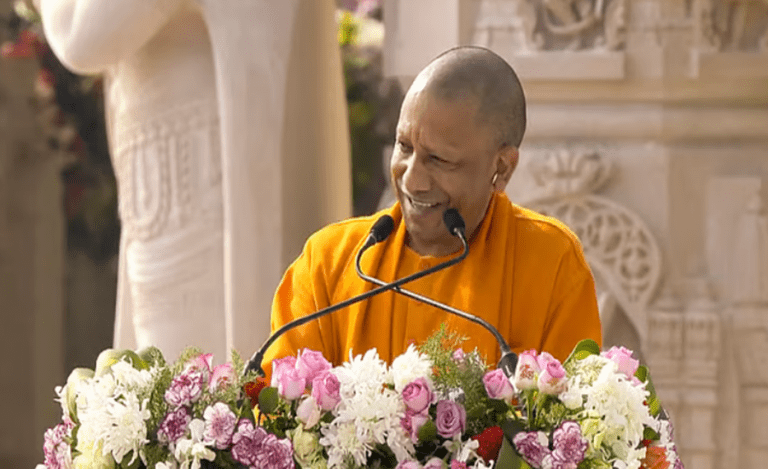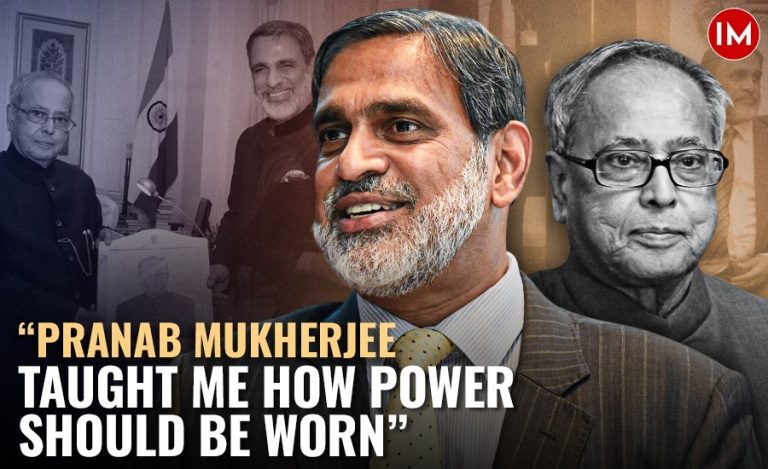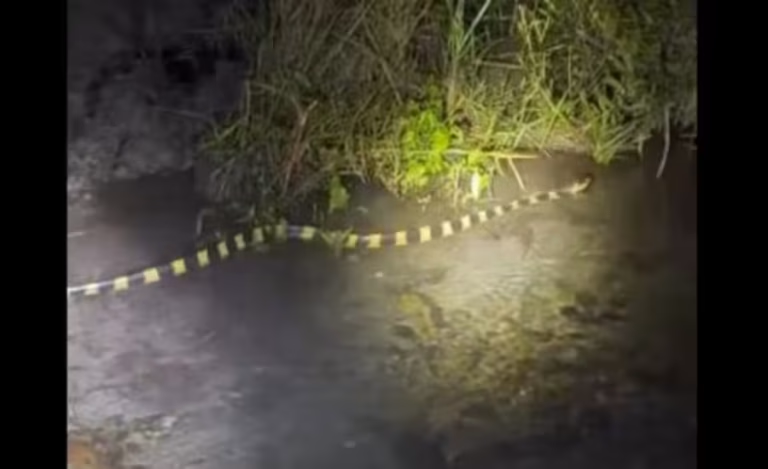Bijapur, Chhattisgarh: In one of India’s most deeply entrenched Naxal hotbeds, IPS Dr Jitendra Kumar Yadav, a 2018-batch officer of the Chhattisgarh cadre, is leading a high-stakes mission to restore peace and dignity to the people of Bijapur.
As the Superintendent of Police in this violence-scarred district, Dr Yadav is waging a multipronged war – not just with guns, but with hope, strategy, and the promise of a new life.
Indian Mastermind interacted with Dr Yadav to learn more about his initiatives and the impact of his strategies.
“We are fighting Naxalism aggressively because the more we delay, the more people suffer,” said Dr Yadav, who believes that strong action, combined with compassionate rehabilitation, is the only way forward.
Background: The Red Trail of South Bastar
To understand the challenge, one must trace back the roots of the Naxal insurgency in South Bastar – comprising Dantewada, Sukma, and Bijapur. Bijapur, especially its southern region, has long been a haven for Naxals, who began building their cadre here as early as the 1980s.
Dr Yadav elaborates, “When Telangana crushed Naxalism in 2004, the cadres exiled from there moved into Chhattisgarh, especially into Bijapur. It became their stronghold.”
The region is not only strategically located but also deeply connected to Telangana, allowing insurgents to move, recruit, and operate with alarming efficiency.
Unlike many other conflict zones, Bijapur has a deeply entrenched Naxal support structure comprising three wings:
- Militia Cadres – armed support units
- Political Wing – frontal organizations
- Revolutionary People’s Council (RPC) and Janatana Sarkars – pseudo-governments operating in remote villages
This sophisticated network, especially in interior South Bijapur, made traditional counterinsurgency operations incredibly difficult.
“Sukma was once active too, but with road connectivity and security camps, the situation improved. Now, Bijapur and Narayanpur have become the hotbeds, and Bijapur’s dense support structure makes it a battlefield of its own,” said Dr Yadav.
IEDs and Explosions: A Dangerous Terrain
The threat on the ground is real and lethal.
“In just three months, we’ve recovered nearly 200 IEDs. Sadly, 25 of them exploded, causing casualties among our jawans,” shared the SP.
These numbers underline the level of preparedness and resistance that security forces face every day. The insurgents’ familiarity with the terrain and their support base among isolated villages make operations complex and risky.
Strategic Offensive: Arrests, Operations, and Open Doors to Surrender
Dr. Yadav’s approach to tackling Naxalism is layered, focusing on three strategic pillars-
Aggressive Operations – Launching targeted missions to neutralize top cadres and dismantle local units.
Arrests – Taking into custody those who are part of the support structure or left behind after encounters.
Surrender and Rehabilitation – Encouraging disillusioned members to abandon violence in exchange for a new life.
“So far, more than 1,250 people have either been arrested or brought back into the mainstream and rehabilitated,” said Dr Yadav.
Those who surrender are not left adrift. As per state policy, they are offered skill development programs. Today, 90 surrendered Naxals are undergoing training, and many have already secured work as construction workers (rajmistris) or in garment factories, with the ultimate aim of preventing them from ever returning to the path of violence.
Camps: Engines of Security and Development
A critical component of this effort is the establishment of security camps in remote and inaccessible regions.
“We’ve set up around 20 camps in areas that had no roads, no electricity, and no hope. These camps have changed everything,” said Dr Yadav.
These outposts not only bring a security presence but act as hubs for development – helping villagers return to their homes, access government benefits, and reclaim land long abandoned due to fear.
“Many villagers owned 5, 10, even 50 acres but were forced to leave. The camps are helping them return,” he said.
Human Stories Amid the Struggle
Behind every statistic is a human story – and Dr Yadav remembers one in particular that continues to drive his mission.
“I met an elderly woman once. She told me, ‘I have just one wish – I want to go back to my village and die there.’ That moment stays with me. It’s not just about law and order. It’s about dignity, about giving people back their homes and their lives.”
Rehabilitation with Dignity: Jobs and Skill Building
Surrendered Naxals are not just pardoned – they are rehabilitated with dignity. The administration is facilitating:
- Skill training for 90+ surrendered militants
- Jobs in garment factories, construction work, and other livelihood-generating sectors
“Our goal is to ensure they never feel the need to return to that path. With employment and support, we can change lives permanently,” Dr Yadav affirmed.
Looking Ahead: A Long Road, but a Clear Path
The battle is far from over. But Dr Yadav and his team are pressing ahead with new resolve. 22 new CRPF camps have recently been opened, and the administration has identified 117 villages as the focus areas for future interventions – both security-wise and development-wise.
“Our goal is not just to defeat Naxalism, but to ensure that no one ever feels the need to join it again,” said the officer.
A Model of Courage and Compassion
Dr Yadav’s leadership in Bijapur stands as a model of what integrated, human-centric counterinsurgency can look like. His mission balances tactical aggression with compassionate rehabilitation, recognizing that true victory lies not just in eliminating insurgents but in rebuilding lives.
The road ahead remains dangerous. But with officers like Dr Yadav at the helm, the people of Bijapur may once again find peace – not in exile, but in their own land.



